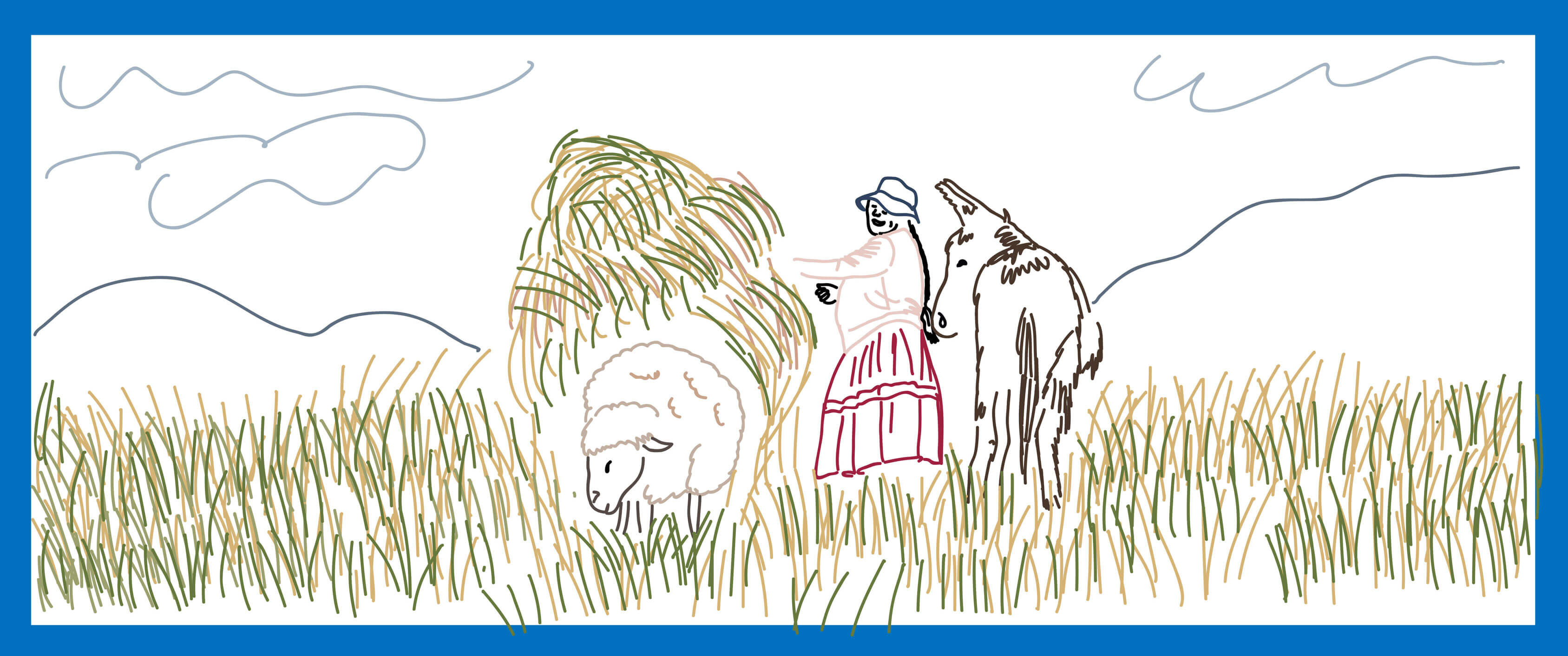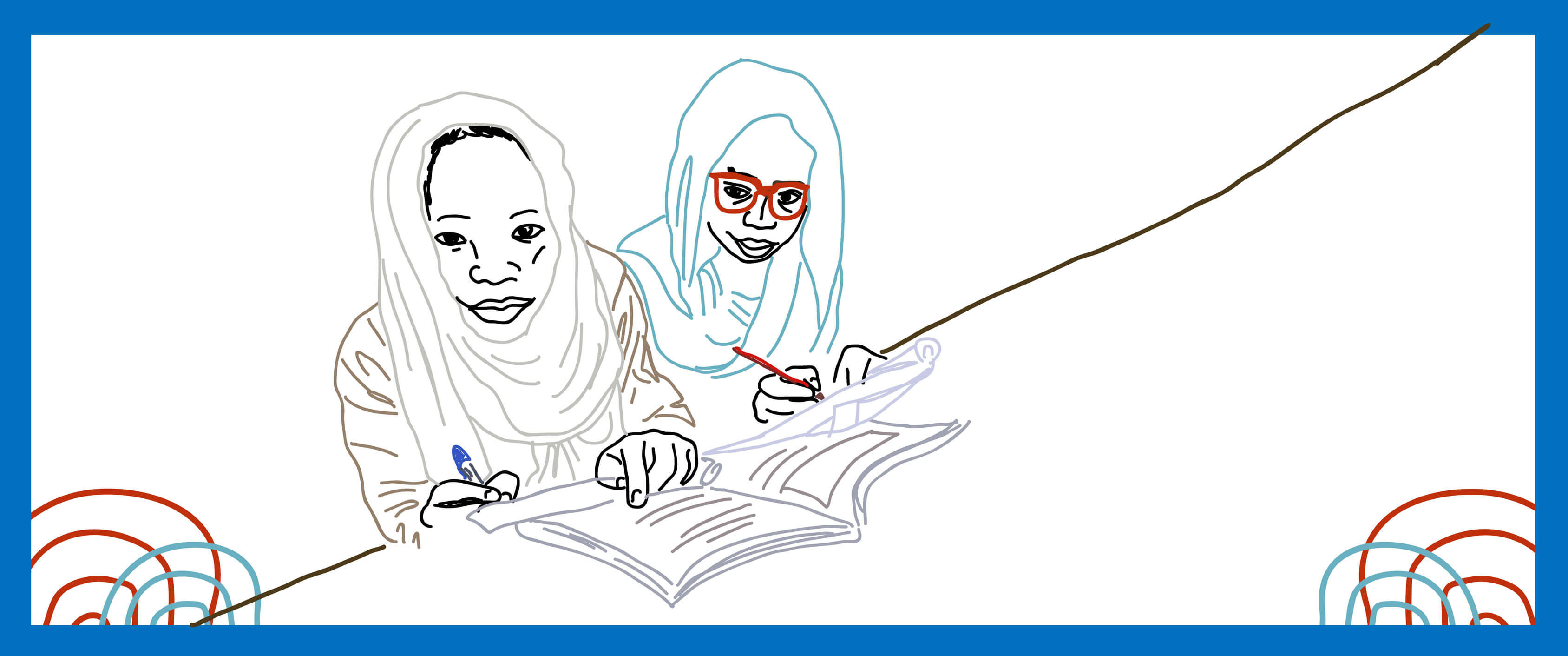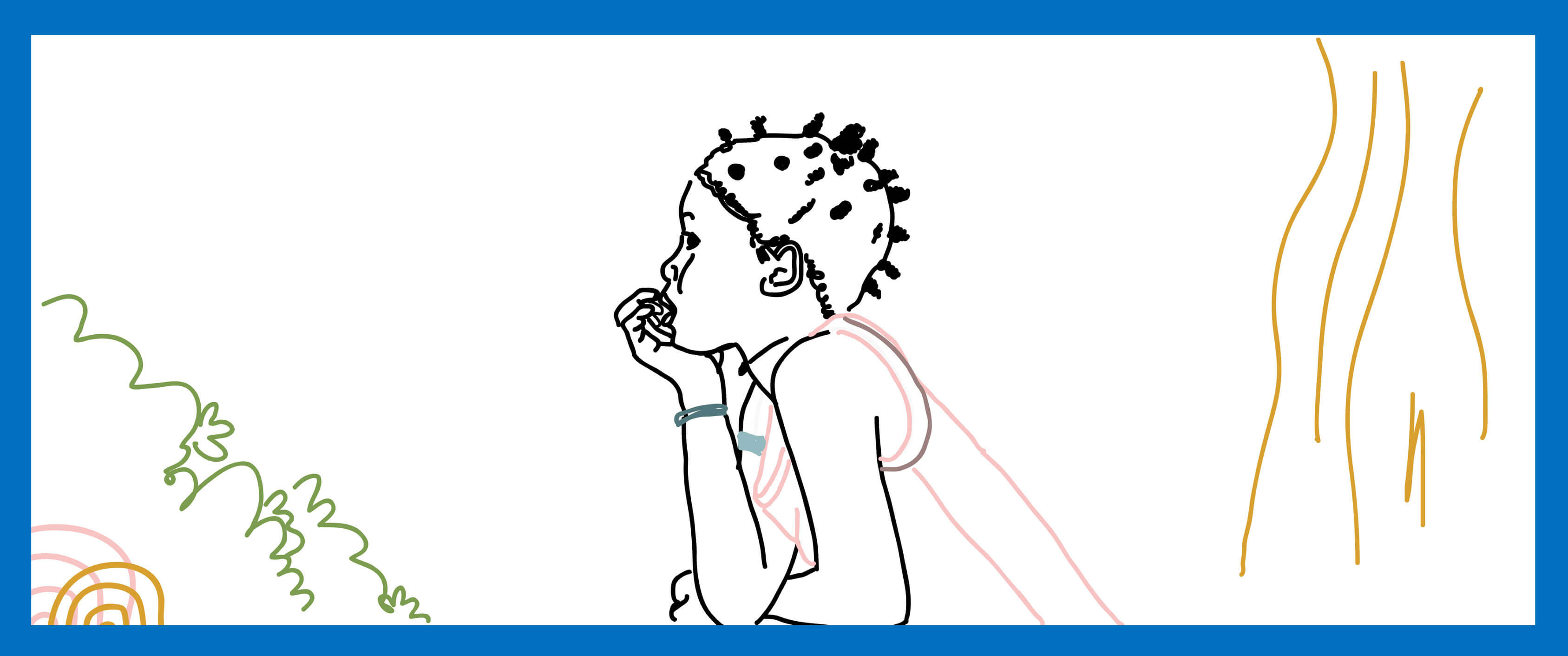Africa
A relationship of trust, the result of a shared vision
“Action together” has always been one of the core values of the CBM, which is the largest international humanitarian organization engaged in the prevention and treatment of blindness and disability in the countries of the southern hemisphere.
This “action together” becomes a collaboration with partners and institutions – for setting up projects on the field – with which to build lasting relationships based on planning, action, trust and concrete results.
This is how it happened with the FAI; ten years ago a collaboration was set up, it has grown over time and has become better and better with all the projects and activities that are carried out together, with a common goal: to guarantee as many blind and disabled children and adults as possible, the high quality care they need.
THE COLLABORATION WITH THE FAI:
This collaboration started in 2008, in one of the most difficult countries in Africa: South Sudan, the youngest African country, where there was a long civil conflict that had lasted over thirty years.
Although no one thought anything could really be done here, the CBM with the FAI’s support, managed to bring high quality eye care to the population. The only eye care unit in the Juba Teaching Hospital, the government hospital, was opened and mobile eye care units were also set up.
At the time in South Sudan there was a huge need for eye care: there were only three ophthalmologist surgeons, two of whom were from the CBM, for a population of over 10 million people.
After this first project, which was carried out in collaboration with the Ministry of Health of Southern Sudan, there were more up to 2015, despite the difficulties causes by continuous warfare.
Thanks to the relationship of trust that had been created, the FAI and the CBM continued to work in the country and achieved great results: ophthalmic centres were set up in the three states of Equatoria (2,600,000 inhabitants), which offer eye care at all levels; a training programme was set up for eye care staff in the then ten states of South Sudan – the last training courses had been held in the 1980s – and the first Department for Ophthalmology Services was set up in the Ministry of Health of South Sudan.
2015 was a very special moment because it was the year when the project had such a great impact that it could be supported by the Italian Development Cooperation Agency. This was an important step, which was also made possible by the precious work that had been carried out in the previous years with the support of the FAI’s private funds.
Since 2015, thanks to the progress made in South Sudan, the collaboration between the FAI and the CBM has continued in Uganda with the support of the project run by CoRSU – Comprehensive Rehabilitation Services of Uganda for people with disabilities, a hospital of excellence for the whole region of the Great Lakes for the treatment and rehabilitation of people with physical disabilities.
The CoRSU guarantees high quality care that is accessible for the poor people of the Ugandan population and 80% of the patients are children.
The FAI and the CBM took on a new important challenge: to build the Septic Surgical Ward for the infected patients of the CoRSU hospital.
During the opening ceremony of the ward, which took place in the presence of Ugandan authorities and partners of the project, Stefania Mancini (Vice President of the FAI) said: «The new ward is a milestone in the history of health in Uganda, it is the result of a joint vision and also of the concreteness, generosity and commitment of individuals and NGOs». On the same occasion, Massimo Maggio, the Director of the CBM Italia Onlus, said: «Every day, many children come to CoRSU, even from neighbouring countries. One in five of these children is contagious: hence the importance of building a new ward for them, so they can stay in the hospital in an environment that is protected from infection. A dream that has come true, and that was also made possible by the people who, together with us, especially the FAI, believe that together “we can do more”».
Today the Septic Ward is the only ward for infectious patients in East Africa with 24 separate beds and that is also accessible for poor patients.
MAIN RESULTS ACHIEVEED TOGETHER:
The following important results were achieved from 2008 to 2015 in South Sudan
– 93,657 people had their eyes tested
– 15,972 surgical operations performed (including cataract, glaucoma, trichiasis)
– 5,559 pairs of glasses distributed.
In Uganda between 2016 and today we have:
– built and fitted the sepsis intensive care Unit and a laboratory for blood tests
– performed 550 surgical operations and treated 190 children in the new Unit, of whom 134 had surgery and 56 received therapy.
For further information:
CBM ITALIA
The CBM is the largest international humanitarian organization engaged in the prevention and treatment of blindness and disability in the countries of the southern hemisphere. The CBM Italia is part of the CBM, an organization that has been active since 1908 that consists of 11 national associations (Australia, Canada, Germany, Great Britain, Ireland, Italy, Kenya, New Zealand, USA, South Africa and Switzerland). Together they support medical-healthcare, development and educational projects. The CBM has been a partner of the WHO since 1989 in the fight against preventable blindness and deafness. The CBM operates in southern countries together with local partners with the aim to achieve local growth and development. Last year CBM reached 28.3 million people through 628 projects in 59 countries around the world.
Info: www.cbmitalia.org
Social: facebook.com/cbmitaliaonlus



